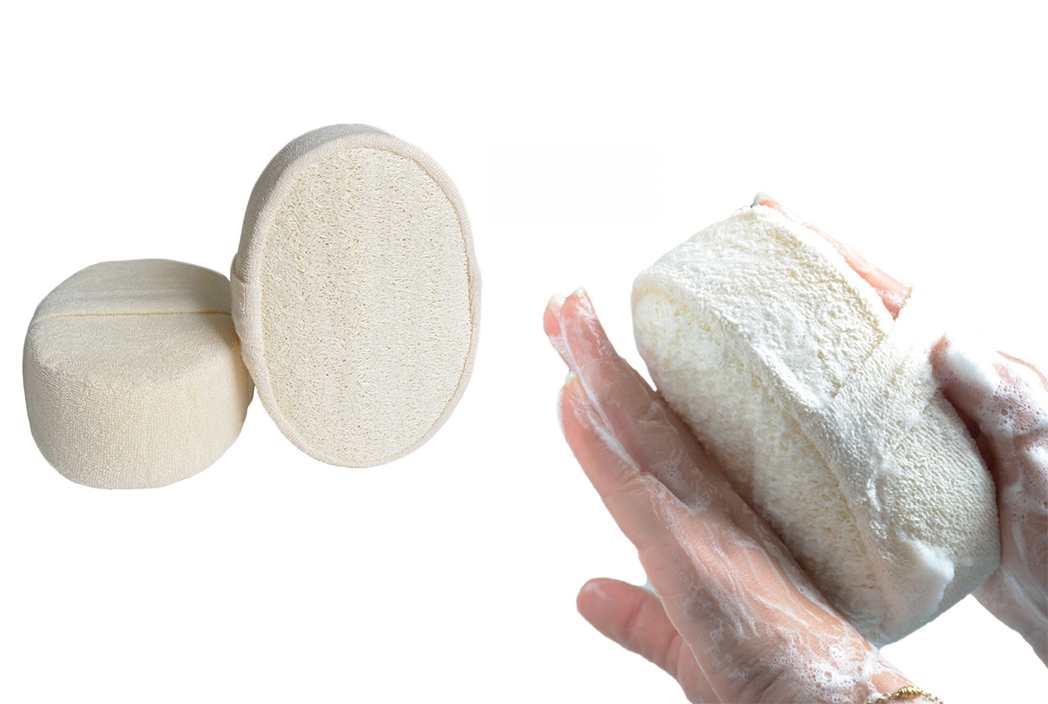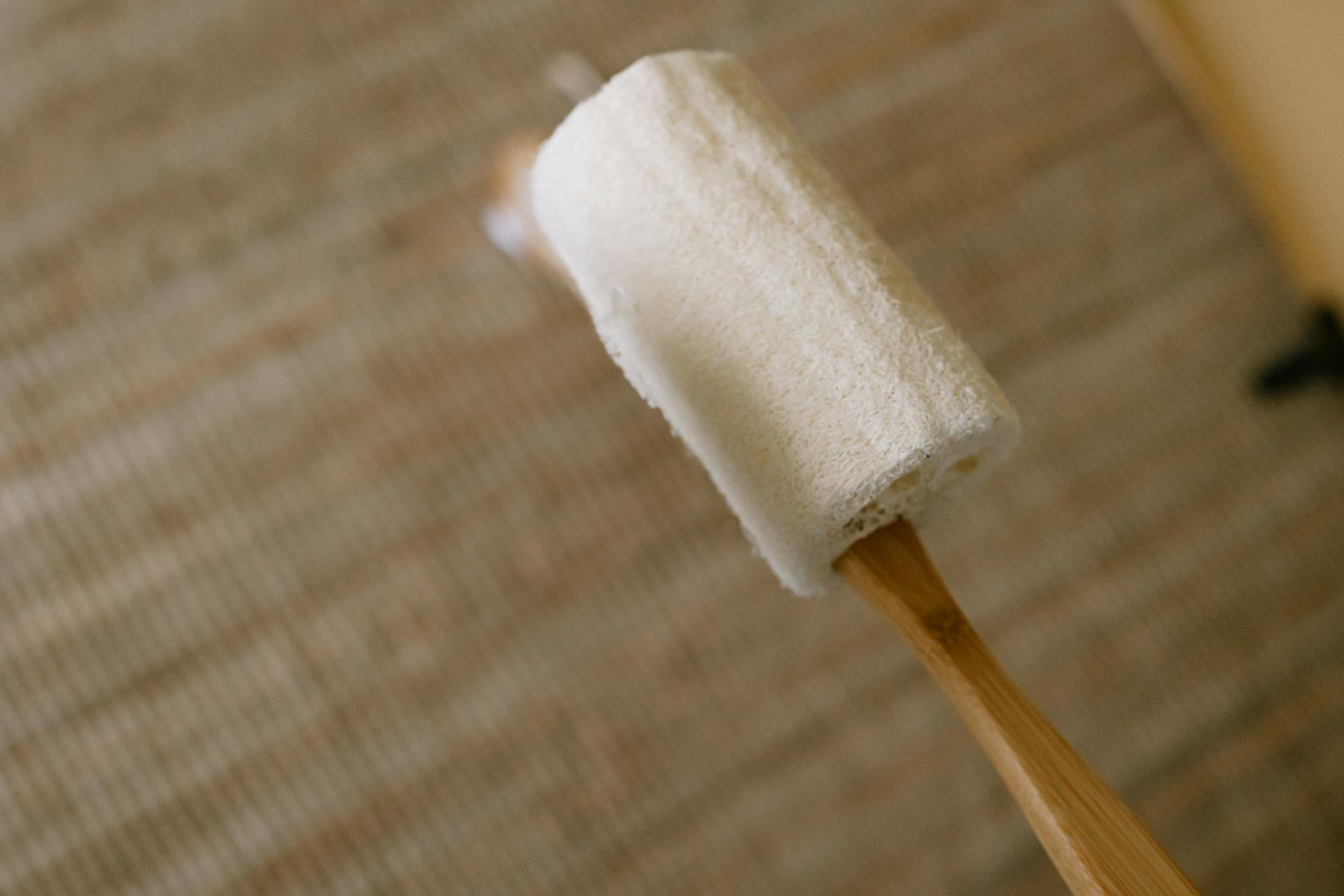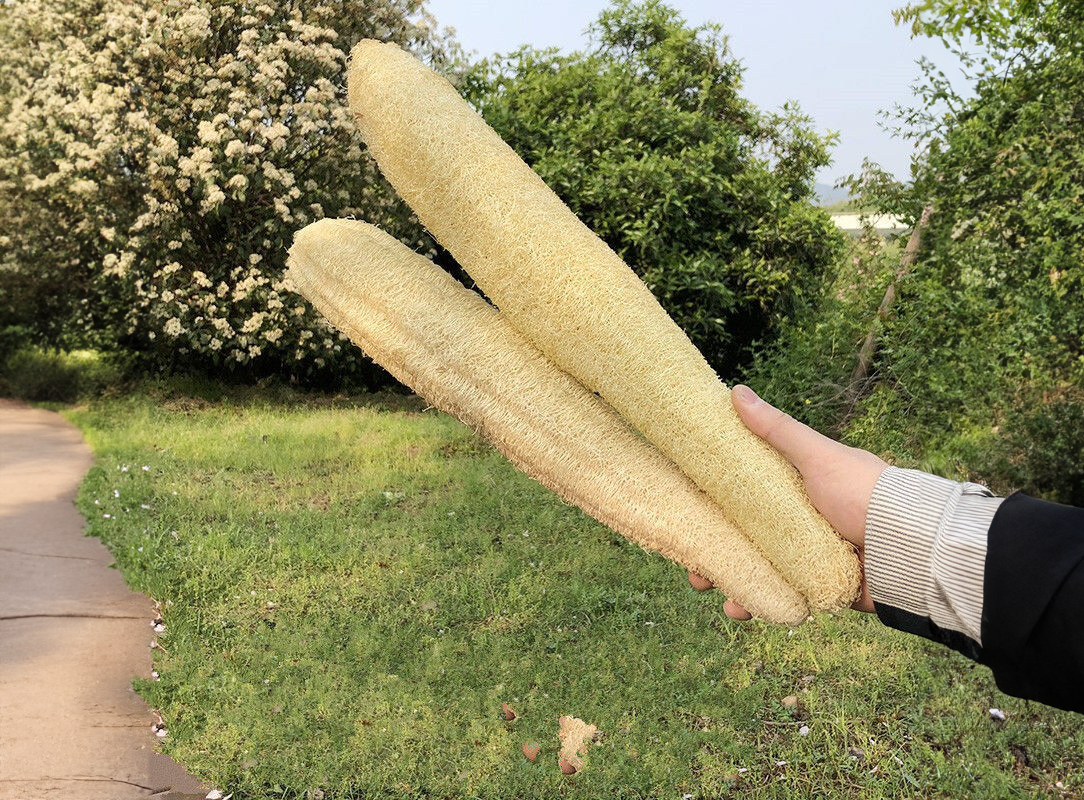Washing sponges and washing up sponges are essential tools for cleaning dishes, surfaces, and more. With so many types available, how do you choose the right one? This comprehensive guide covers everything about selecting, using, and caring for washing sponges and washing up sponges.
What Are Washing Sponges and Washing Up Sponges?
A washing sponge, also called a washing up sponge, is a porous cleaning tool used for washing dishes, counters, appliances, cars and other surfaces. Washing sponges and washing up sponges contain small pores that generate suds and absorb water. Their soft, flexible structure conforms to surfaces for thorough cleaning. These reusable sponges can last for weeks or months with proper care.
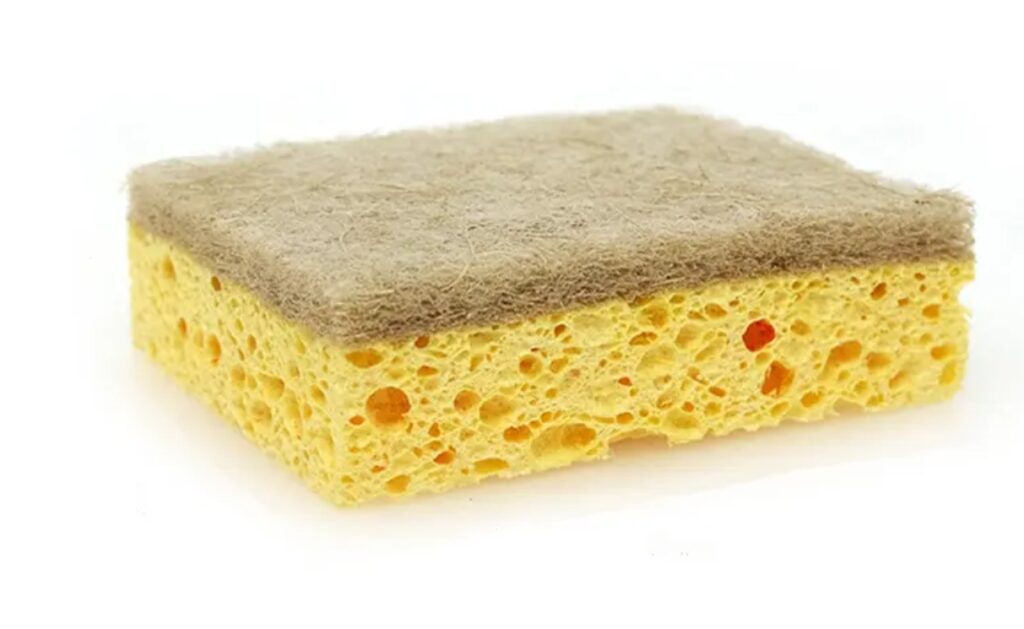
Benefits of Washing Sponges and Washing Up Sponges
Washing sponges and washing up sponges offer many benefits:
- Gentle cleaning. The soft, porous material is non-abrasive for delicate surfaces.
- Absorbent. Their spongy structure absorbs water, grease and grime.
- Versatile. They clean many hard surfaces like glass, tiles, sinks and more.
- Reusable. With care, washing sponges and washing up sponges can be used repeatedly.
- Eco-friendly. Reusable sponges generate less waste than paper towels or disposable sponges.
Types of Washing Sponges and Washing Up Sponges
Common types of washing sponges and washing up sponges include:
- Cellulose sponges: Made of wood pulp or plant cellulose. Budget-friendly but less durable.
- Sea sponges: Natural ocean sponges. More expensive but very soft and absorbent.
- Polyester sponges: Synthetic sponges of polyester filaments. Very durable but less absorbent.
- Silicone sponges: Made of food-grade silicone. Naturally antibacterial and heat resistant.
Choosing the Best Washing Sponge or Washing Up Sponge
Consider these factors when selecting a washing sponge or washing up sponge:
- Surfaces to clean. Delicate surfaces may need a soft sea sponge. Tough jobs may require an abrasive polyester sponge.
- Durability. Natural sponges wear out faster than synthetic versions.
- Size. Handheld sponges work well for detail cleaning. Larger sponges cover more area.
- Budget. Natural sponges cost more than inexpensive cellulose or polyester.
- Abrasive side for scrubbing tough messes.
- Built-in soap reservoir for convenience.
- Reusability or biodegradability to match your eco- priorities.
Using Washing Sponges and Washing Up Sponges
Follow these tips for optimal use of washing sponges and washing up sponges:
- Wet the sponge and wring out excess water before use. Avoid hot water that can damage natural sponges.
- Apply a small amount of eco-friendly dish soap and lather up.
- For tough grease, let the sponge soak for a few minutes before scrubbing.
- Use the abrasive side to tackle stuck-on food and grime.
- Gently clean delicate surfaces like glass to prevent scratches.
- Scrub in a circular motion for best results.
- Rinse thoroughly after washing to remove residue.
- Fully air dry the sponge between uses to prevent mold.
Caring for Washing Sponges and Washing Up Sponges
With regular cleaning and care, washing sponges and washing up sponges can last for months:
- Allow sponges to completely dry between uses.
- Disinfect weekly by microwaving damp sponge for 1-2 minutes.
- Soak in diluted bleach solution of 4 teaspoons bleach per quart of water. Rinse thoroughly.
- Replace every 2-3 months or when worn out. Check for damage.
- Avoid leaving soaked for extended periods.
- Use sponges with handles or suction cups for easier drying.
- Choose antibacterial sponges for added germ fighting.
With the right washing sponge or washing up sponge, cleaning tasks are easier. Consider your needs and follow these tips for choosing and caring for the perfect sponge.
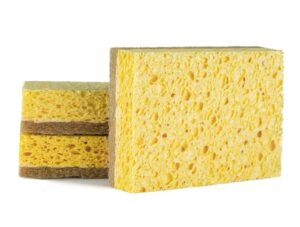
Frequently Asked Questions About Washing Sponges and Washing Up Sponges
Q: How often should you replace a washing sponge or washing up sponge?
A: It’s recommended to replace them every 2-3 months, or immediately if they have rips, tears or mold.
Q: Can you put washing sponges or washing up sponges in the dishwasher?
A: Most are not dishwasher safe. The high heat can damage materials. Hand wash only.
Q: What’s the best way to clean washing sponges or washing up sponges?
A: Disinfect weekly by microwaving damp sponge for 1-2 minutes. You can also soak in diluted bleach solution.
Q: Are antibacterial washing sponges or washing up sponges better?
A: Antibacterial sponges inhibit more bacterial growth but manual disinfecting is still needed.
Q: How do you get smells out of washing sponges or washing up sponges?
A: Soak in diluted bleach or white vinegar solution. Rinse thoroughly before next use.
Q: What household items can substitute for washing sponges or washing up sponges?
A: Dishcloths, microfiber cloths, natural loofahs and bristle brushes can be used instead.
Please let me know if you would like me to modify or expand this article further. Thank you!




